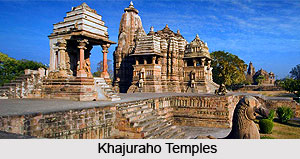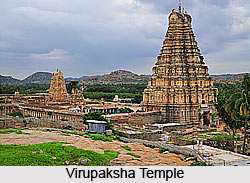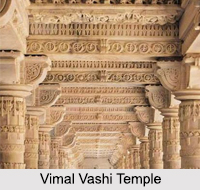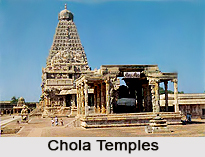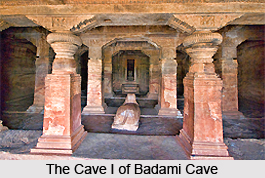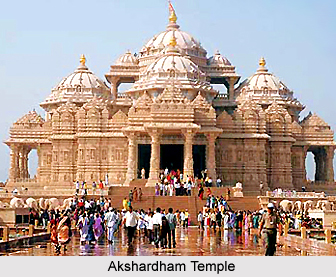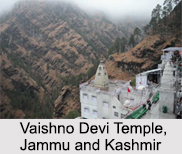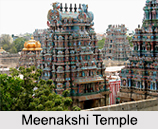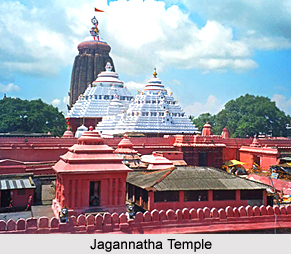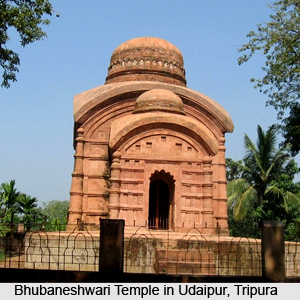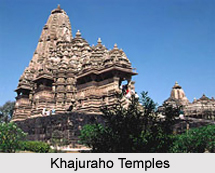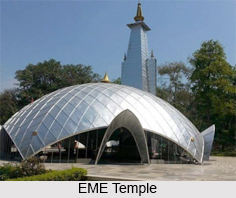 EME Temple or "Dakshinamurthy Temple" is dedicated to Lord Shiva. It was built in 1966 and is run by Indian Army authorities in the city of Vadodara, Gujarat. It is unique in its concept and design and its geodesic structure, covered with aluminium sheets, is well regarded by archaeologists. It was built by the Indian Army Corps of EME. This temple is a major attraction for both tourists and devotees.
EME Temple or "Dakshinamurthy Temple" is dedicated to Lord Shiva. It was built in 1966 and is run by Indian Army authorities in the city of Vadodara, Gujarat. It is unique in its concept and design and its geodesic structure, covered with aluminium sheets, is well regarded by archaeologists. It was built by the Indian Army Corps of EME. This temple is a major attraction for both tourists and devotees.
Significance of EME Temple
The former Christian commandant – Brig A.F. Eugene, of the EME School invented the idea of this temple. The Temple is a symbol of secularism in the country as it displays various features of major religions of India. They are shown below:
•The Kalasha on the top of the dome represents Hinduism.
•The dome is built according to Islamic architecture.
•The tower, beneath which the idol of Lord Dakshinamurthy is situated, represents Christianity.
•The golden tower top is in accordance with Buddhist principles.
•The Entrance of the temple depicts Jain religious traditions.
•The fire in the temple represents Zoroastrianism
Other Features of EME Temple
The idol of the main deity in this temple faces south - metaphorically representing Lord Dakshinamurthy imparting his teachings to the world. Other notable features include an idol of Lord Ganesha, brought from Mahabalipuram and an arch behind Lord Shiva`s idol, made of pure silver and engraved with the sacred mantra "Om Namah Shivaya". The temple is surrounded by statues of over a hundred deities, dating back to 6th century, imitating the Amarnath Temple.
This article is a stub. You can enrich by adding more information to it. Send your Write Up to content@indianetzone.com.
